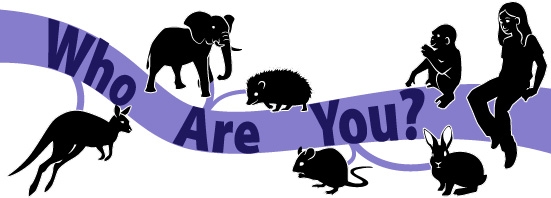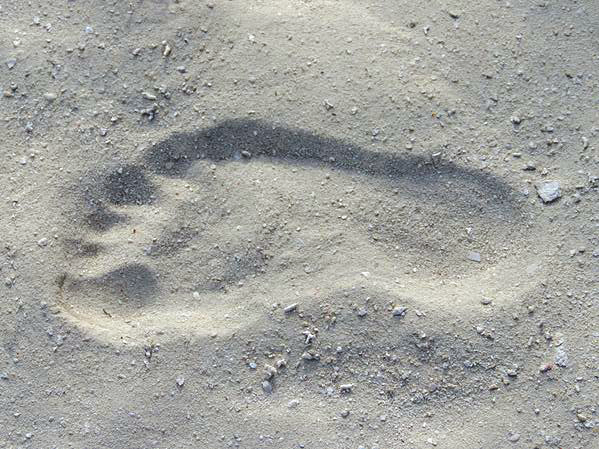
As Mammals
A baby deer is born and drops to the ground. Although it’s January and chilly outside, the baby’s body is warm. Later in the day, she gets her first meal from her mother—milk. This birth of a mammal is very different from how reptiles are born. Most reptiles hatch out of an egg. They have to use heat from the sun to warm up their bodies, and most have to find their own food.
Most mammals, like you and deer, give birth to live young and are warm-blooded (or endothermic). They all rely on milk during the earliest parts of their lives. Indeed, the name "mammal" refers to mammary glands of females, where milk comes from.
There are lots of other features that link mammals together as a group. Perhaps the most surprising are the three tiny bones inside your ear, called ossicles. Reptiles only have one ear bone called the columella, which is basically the same bone as the stapes in mammals. But mammals have two other ear bones in addition to the stapes, the malleus and incus. Near to the ear, in the lower jaw, a reptile has lots of bones. You only have two (and in humans, these fuse into a single bone). What’s going on here?
A beautiful set of 250- to 200-million-year-old fossils show us how the many jawbones of reptiles became the two extra ear bones that mammals have. Surprise—the malleus and incus, two of the smallest bones in the human body, evolved from two jawbones of our common ancestor with reptiles. These are called the articular and the quadrate.
Several transitional fossils show how these two jawbones became part of the ears of mammals. The first "true mammal ear" appeared about 190 million years ago with animals like Hadrocodium. We can still see relics of this transition in developing human embryos. If you watched a baby develop inside of its mother, you could watch the bones that would have become the lower jaw slide up into the baby’s ears instead.
These extra ear bones give mammals better hearing than many other animals. But why did these extra bones evolve? Scientists think that it may have to do with the habits of the mammal ancestor that lived over 200 million years ago. This ancestor likely preyed on insects that made high-pitched noises. The ancestor was also likely active at night, when it's dark out. So, the evolution of hearing in higher frequencies may have helped small, shrew-like mammals find insect prey.
Be Part of
Ask An Anthropologist
By volunteering, or simply sending us feedback on the site. Scientists, teachers, writers, illustrators, and translators are all important to the program. If you are interested in helping with the website we have a volunteers page to get the process started.

